The Homeland of the Aryans
Synopsis
For well over seven decades two theories have been blinding our vision of India’s past, viz. that: (i) there was an ‘Aryan Invasion’ of India; and (ii) the invaders destroyed the Harappan Civilization which became extinct. Although in his book, The Sarasvati Flows On, the present author completely demolished these theories, there are still a few scholars who cling to them. Resurrectinig the ‘Aryan Invasion/Migration’ theory, a stalwart writes: ‘One thing seems certain; the speakers of Vedic Sanskrit… came from elsewhere. This conclusion comes from… Indo-European words for trees which are species such as birch, Scotch pine, linden, alder and oak. These are plants from a temperate environment and the fact that their names are shared among the early languages of the family suggests a homeland in this environment. Let it be squarely stated that the earliest book of the Aryans, viz. the Rigveda, does not mention any of the species of cold-climate trees enumerated above. On the other hand, all the trees mentioned in the Rigveda, such as the Asvattha (Ficus religiosa L.), Khadira (Acacia catechu Wild.), Nyagrodha (Ficus benghalensis L.), do not belong to a cold climate but to a tropical one. Likewise, the Rigvedic fauna, comprising such species as the lion, elephant, peacock, also belongs to a tropical climate. Further, During the Rigvedic period the Sarasvati was a mighty river, but it dried up by the time of the Panchavimsa Brahmana. The evidence of archaeology, hydrology and radiocarbon dates shows that the Sarasvati dried up around 2000 BC. All this proves that the Rigvada antedated that magic figure. Again, the Rigvedic geography covers the area from the Ganga-Yamuna on the east to the west of the Indus. Likewise, the archaeological evidence shows that prior to 2000 BC it was the Harappan Civilization that flourished in this very region. Thus, the textual and archaeological data combine to establish a perfect spatial-cum-chronological oneness between the Rigvedic and Harappan cultures. And since, as demonstrated in this book, the Harappans were ‘the sons of the soil’, it squarely follows that Rigvedic people were indigenous.
Read more
62.10
55.89
$
69.00 $
Free delivery Wolrdwidе in 10-18 days
Ships in 1-2 days from New Delhi
Membership for 1 Year $35.00
Get it now and save 10%
Get it now and save 10%
BECOME A MEMBER
Books by the same author

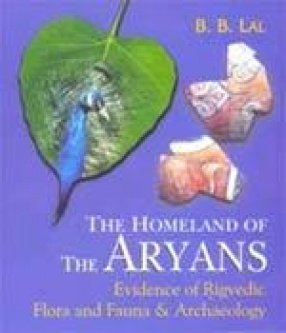
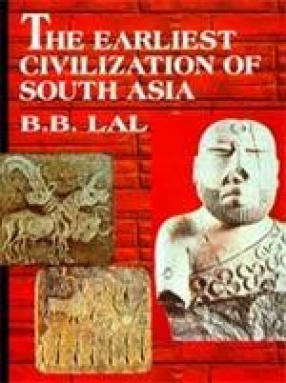
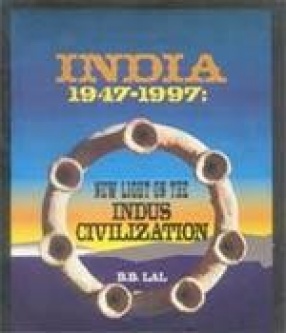
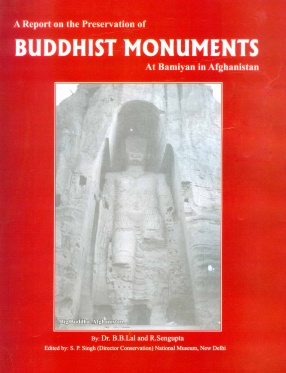

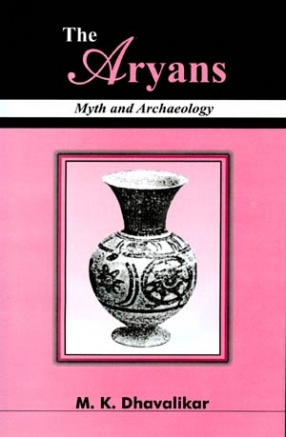
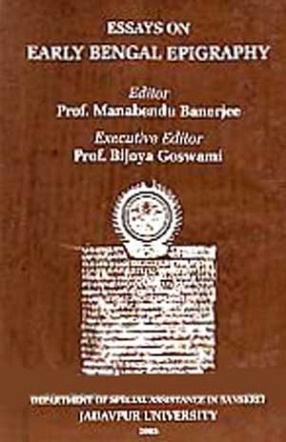
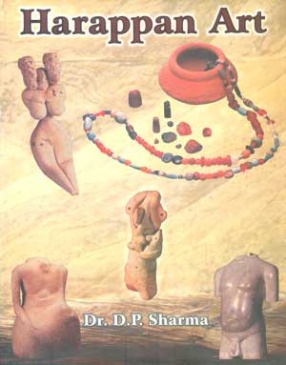


Bibliographic information